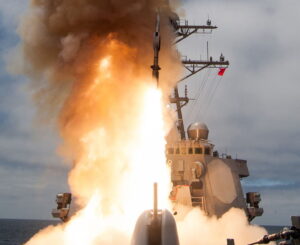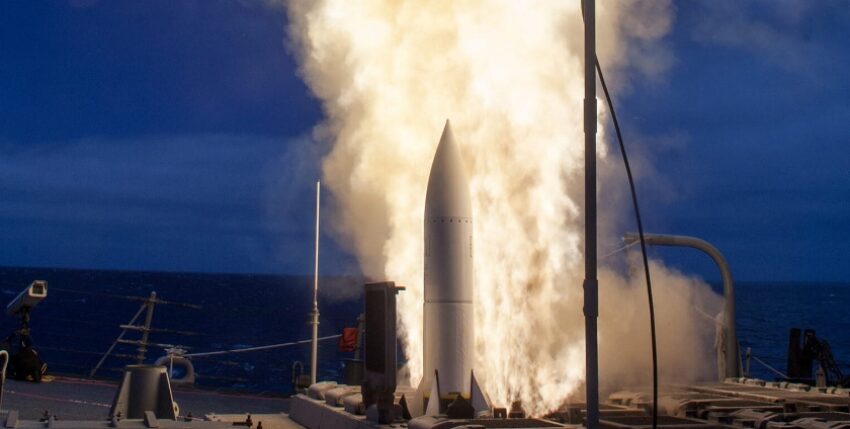USA authorises sale of SM-6/SM-2
As part of its Foreign Military Sales (FMS), the US State Department has approved a possible export of up to 173 "SM-6 Block I" and 577 "SM-2 Block IIIC" worth up to 3.5 billion US dollars to Germany and submitted it to Congress for review as provided for in the Arms Export Control Act. The package also includes the vertical launch canisters, technical documentation, training and logistics support. The Defense Security Cooperation Agency (DSCA) published a statement on this on 14 November.
The missiles are intended as armament for the six frigates of the future F127 class, which is to be launched in the mid to late 2030s as the successor to the F124 Sachsen class.
The F127 frigates are the main carriers of the German Navy's Air & Missile Defence (A&MD) capability according to the Marine 2035+ target image and are to be equipped with the AN/SPY-6(V)1 multifunction radar from RTX (formerly Raytheon Missiles & Defense) and the CMS 330 command and weapon employment system (FüWES). CMS 330 utilises the Aegis system architecture, but is developed and produced entirely by Lockheed Martin Canada.
The combination of AN/SPY-6(V)1 and the SM-6/SM-2 missiles creates a sensor-effector network that can simultaneously detect, track and engage targets at different altitudes and speeds.

Procurement security and sovereignty
The selection of the core components FüWES and missiles manufactured outside Europe reveals an area of tension: Secured gain of required capabilities versus technical-logistical dependencies.
With ASTER 30 and the newer version SAMP/T NG (Sol-Air Moyenne-Portée/Terrestre - Nouvelle Génération, France/Italy), Europe has modern surface-to-air effectors, but currently no maritime multi-purpose weapon with actual BMD (Ballistic Missile Defence) capability.
Although Brussels is currently looking for more European solutions via EDIP (European Defence Industry Programme), "Buy European rules" or the "White Paper on Defence 2026" - there is even talk of a European missile defence alliance - there is little available on the table.
With SM-6/SM-2, Germany - and thus Europe - will receive an urgently needed, robust capability whose technological roots, however, lie in North America, where German money will be invested in value-adding system developments in the future. This will result in long-term technical and logistical dependencies on Canadian and US supply chains and export control regimes, as well as uncoordinated system update cycles.

The German Navy has been able to handle such dependencies pragmatically in the past. However, in view of the tougher geopolitical conditions, these are now presented in a "colder" light.
Unfortunately, with the current course, Europe's line as a premium customer is more likely to prevail than that of the architect of its own key technologies.
Value creation for the F127 in Germany is primarily focussed on platform construction. European brands such as MBDA, Hensoldt and Indra do not play a major role in the effector and sensor sector - a clear indication of the shoals of industrial policy such as a lack of investment, bureaucratic supply chain protection and European self-sufficiency debates.
Conclusion
With SM-6/SM-2, Germany acquires a militarily necessary capability. While the F127 class closes a capability gap in A&MD in NATO, the technological link to North America is growing. In Europe's search for core capabilities under its own control, a joint A&MD project budgeted via EDIP/EDF could perhaps have sent out an initial signal - although this would require several decision-makers between Stockholm and La Valetta to jump over their shadows.
hum/ajs










